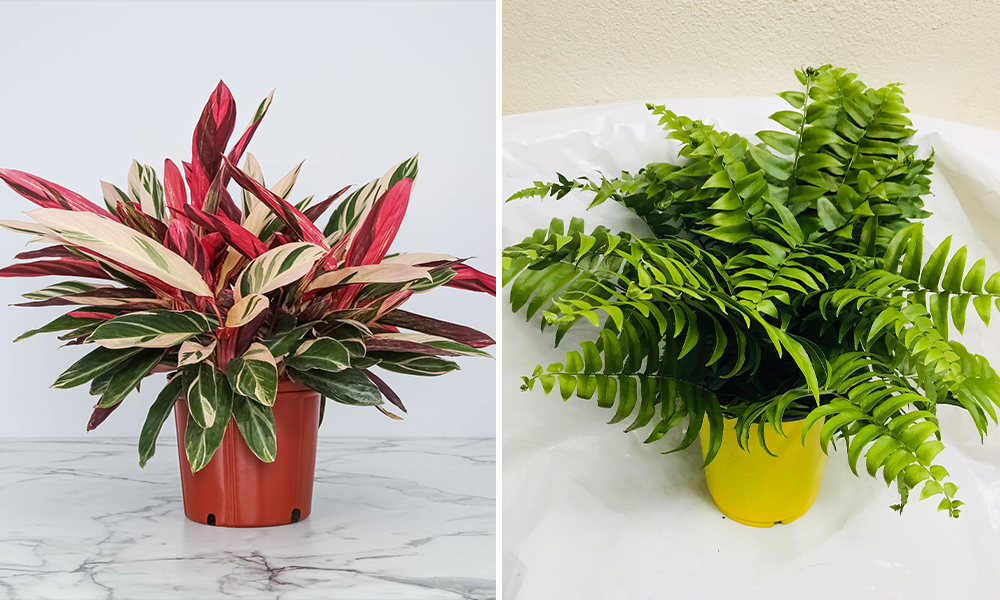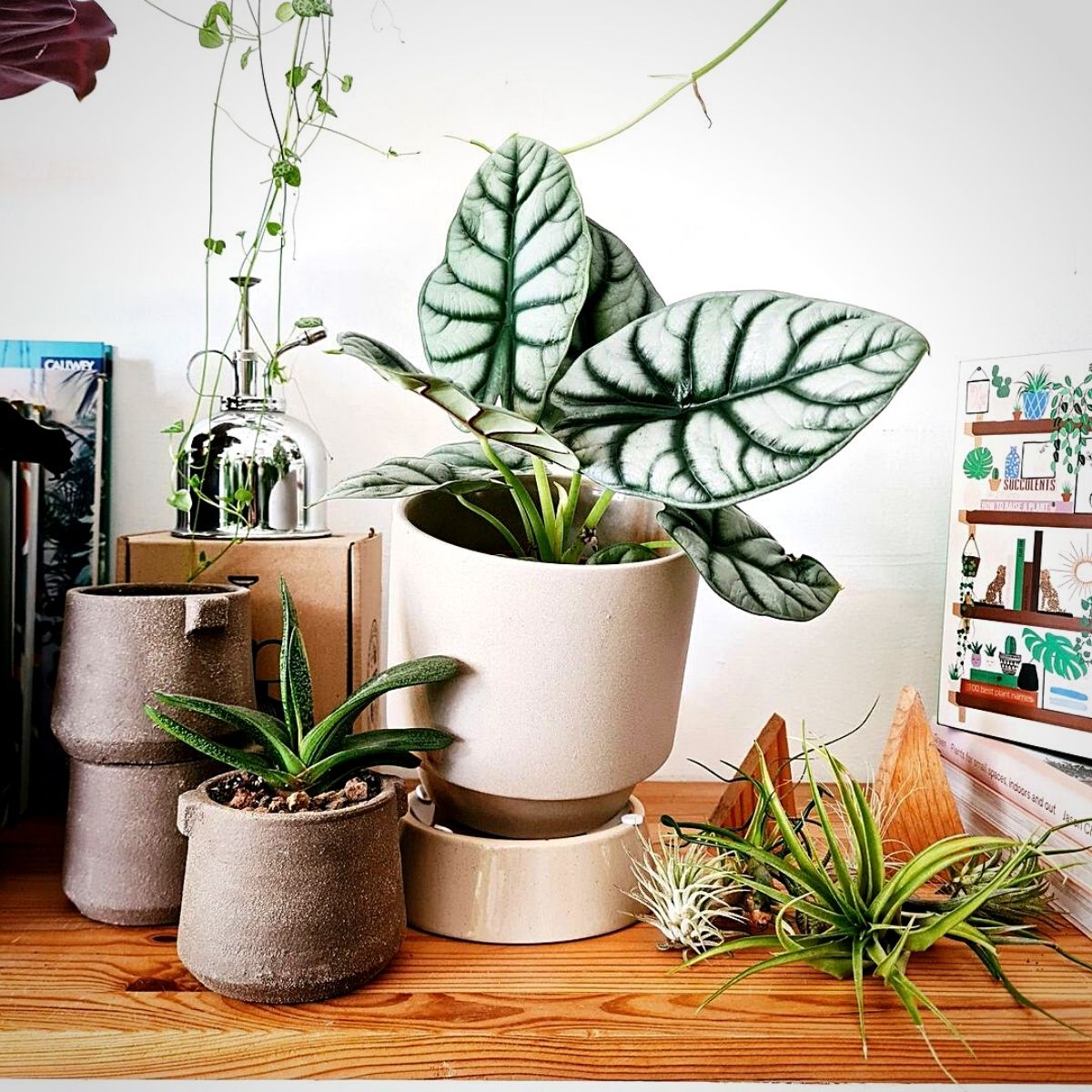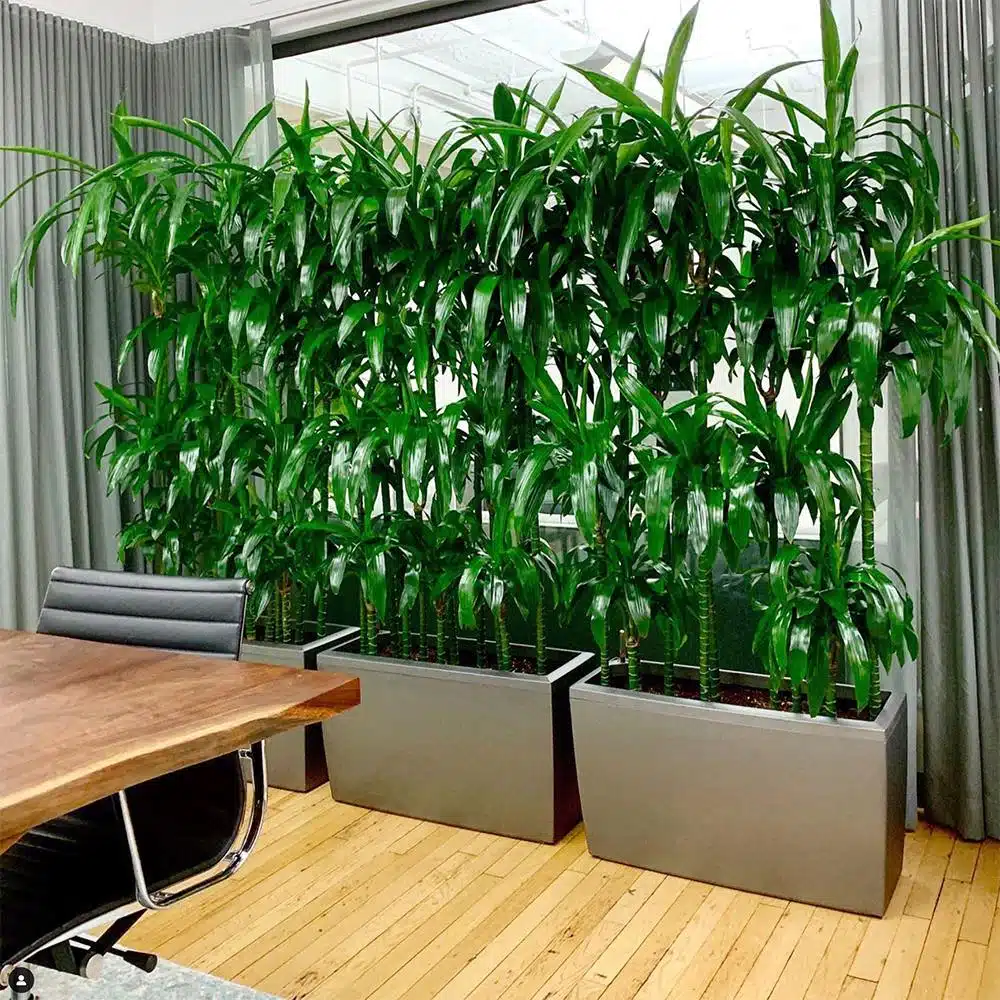Discover the Secrets of Low-Light Indoor Plants and How They Boost Your Setting
Low-light interior plants have actually amassed raising attention for their unique ability to improve both aesthetic appeal and ecological high quality within homes and workplaces. These durable species, consisting of the Serpent Plant and Peace Lily, not just flourish in challenging lights problems but also play an essential role in air purification and emotional well-being.
Benefits of Low-Light Indoor Plants
Although many individuals think that indoor plants call for abundant sunshine to flourish, low-light interior plants offer a multitude of benefits that make them optimal for different environments. One of the key advantages is their flexibility; they can grow in spaces with minimal natural light, such as offices, cellars, or areas with little home windows. This feature permits individuals to boost their surroundings with greenery, adding to enhanced looks without the need for extensive lighting adjustments.
In addition, low-light indoor plants can significantly boost interior air high quality by filtering hazardous contaminants and launching oxygen, making living areas healthier. The existence of plants has actually been connected to higher sensations of tranquility and emphasis.
Furthermore, low-light plants often require much less maintenance than their sun-loving counterparts, making them ideal for active people or those new to gardening. Their durability permits them to flourish with minimal treatment, hence giving a fulfilling experience for plant lovers and novices alike. In summary, low-light interior plants offer both aesthetic and useful objectives, making them beneficial additions to any kind of room.
Top Low-Light Plant Ranges
Low-light indoor plants come in a variety of types, each offering one-of-a-kind qualities and advantages fit for dark environments. Among the most preferred ranges is the Serpent Plant (Sansevieria), understood for its air-purifying capacities and building fallen leaves. This durable plant flourishes on disregard and can tolerate a variety of light conditions.
An additional outstanding option is the ZZ Plant (Zamioculcas zamiifolia), which includes glossy, dark eco-friendly leaves and is highly drought-tolerant. Its adaptability makes it a favorite for offices and homes with minimal sunlight.
The Pothos (Epipremnum aureum) is likewise a top contender, with its tracking vines and heart-shaped leaves - Best low-light indoor plants. This functional plant can be trained to climb or waterfall, adding aesthetic passion to any space

Treatment Tips for Low-Light Plants
Taking care of low-light interior plants requires a nuanced understanding of their details demands to make sure optimum development and vigor. It is vital to select the best potting mix, as a well-draining dirt is vital to prevent origin rot. A mix developed for houseplants, frequently including peat moss and perlite, works well for the majority of low-light selections.
Watering is an additional vital aspect of treatment. Low-light plants usually require less regular watering compared to their sun-loving counterparts. It is advisable to check the top inch of dirt; if it really feels completely dry, it's time to water. Overwatering can cause issues such as mold and mildew and origin decay.
Fertilizing ought to be approached with care. During the growing period, a diluted fluid plant food can be applied monthly, but in winter months, numerous low-light plants enter dormancy and call for little to no fertilization.
Last but not least, it is essential see here now to occasionally clean the fallen leaves to get rid of dirt, permitting for much better light absorption. By sticking to these care suggestions, you can grow a growing setting for your low-light indoor plants, improving both their look and durability.
Enhancing Air High Quality With Plants
Indoor plants play a significant duty in enhancing air top quality within homes and workplace. With the process of photosynthesis, these plants soak up carbon dioxide and release oxygen, adding to a healthier atmosphere. Additionally, specific low-light indoor plants have the ability to filter hazardous contaminants, such as benzene, trichloroethylene, and formaldehyde, which are frequently located in indoor environments.

In addition, the presence of interior plants can boost moisture levels, which helps relieve completely dry skin and breathing problems, even more enhancing overall well-being. This capacity to improve air high quality not just promotes physical wellness however likewise supports psychological health.
Integrating low-light interior plants into your living and functioning spaces can result in a more vivid and stimulating atmosphere (Best low-light indoor plants). Purchasing these natural air cleansers is an easy yet effective method for boosting interior air top quality and fostering a healthier way of life
Creating a Tranquil Indoor Area
The integration of plants into living spaces not only improves air high quality yet also adds to a relaxing atmosphere. Low-light interior plants, such as serpent plants and pothos, are particularly efficient in creating a calm environment, as they prosper in problems that may or else be unwelcoming for other plant. Their lush foliage supplies a calming aesthetic, minimizing stress and promoting leisure.
Incorporating these plants into your home or office can evoke a feeling of tranquility and health. Purposefully positioning them in locations where you spend considerable time, such as living offices or rooms, enables for an immersive experience with nature, which has been revealed to improve state of mind and cognitive function.
In addition, the mild motion of leaves in response to air flow can produce a dynamic visual element that improves the general setting. Consider utilizing a variety of plant heights and structures to add depth and interest to your space. With thoughtful positioning and care, low-light indoor plants can transform any type of area right into a calm shelter, fostering check it out not only aesthetic fulfillment however likewise psychological and mental wellness.

Conclusion
Including low-light indoor plants right into various environments yields significant benefits, consisting of boosted air quality and boosted visual charm. The transformative power of low-light plants underscores their value in boosting both residential and work-related setups.
Although many individuals assume that indoor plants need bountiful sunshine to flourish, low-light interior plants supply a plethora of advantages that make them optimal for different atmospheres.Additionally, low-light indoor plants can dramatically boost indoor air top quality by launching and filtering system unsafe toxic substances oxygen, making living areas healthier. In addition, certain low-light indoor plants possess the capacity to filter damaging toxins, such as trichloroethylene, formaldehyde, and benzene, which are commonly located in indoor environments.
Low-light indoor plants, such as serpent plants and pothos, are particularly reliable in creating a tranquil environment, as they flourish in conditions that might directory or else be inhospitable for various other plant.Including low-light indoor plants into different environments yields considerable benefits, including improved air high quality and improved visual allure.